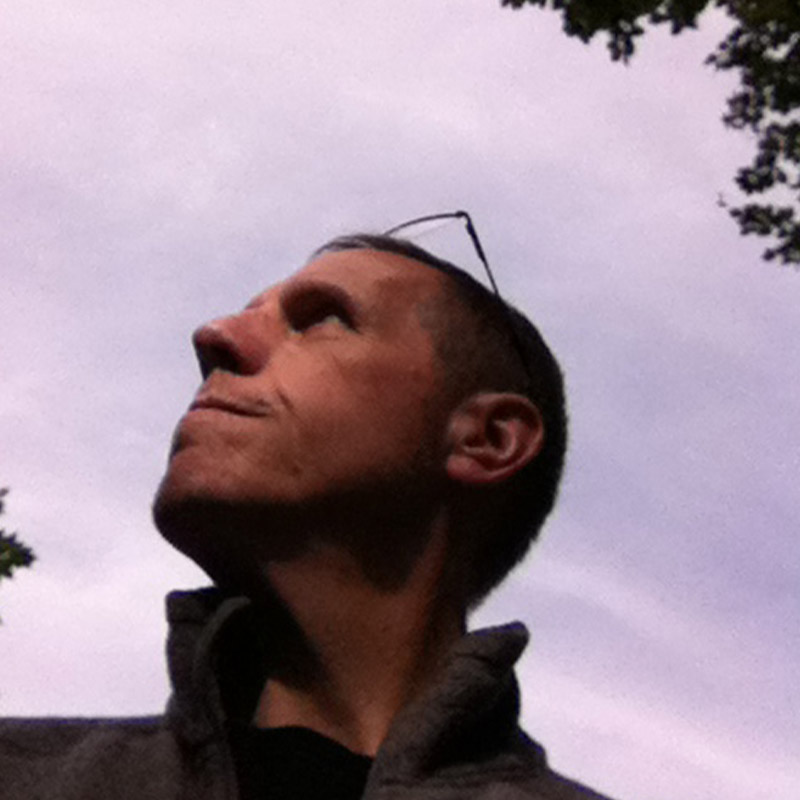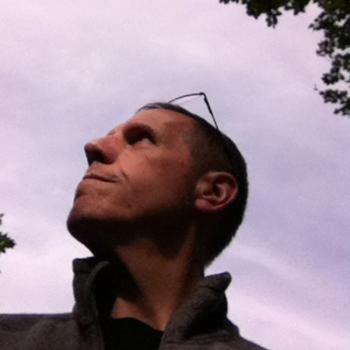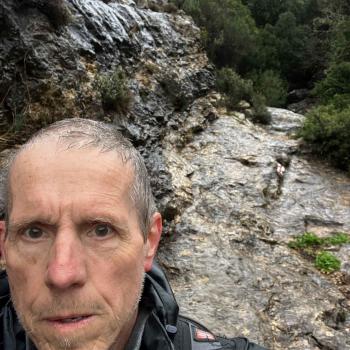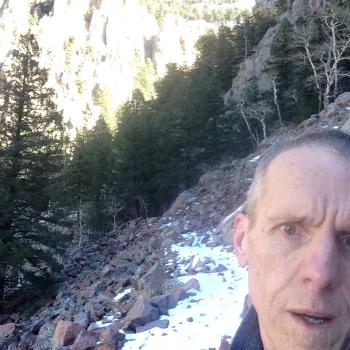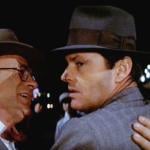It’s been over a decade, but I made it back to Texas last week, a place so vast that the song – “I Saw Miles and Miles of Texas” – only touches the surface. We lived there only four years, but any time you go back to your past you are on a pilgrimage to your past, to connect with “miles and miles of memories.”
Needless to say, I wrote about it in my diary
“This morning I took a long walk, as I usually do anywhere, smelling the aromas of central Texas and seeing the lands and houses and remembering our days here thirty years ago. Walking through suburban neighborhoods with houses built about the same time we lived here, underneath live oaks, and denuded trees I cannot identify, and smelling that distinct aroma I remember from the first morning I woke up here in July of 1989, something with notes of methane and earth and something akin to pepper.”
I was instantly back in 1994
Nostalgia apparently has linguistic roots in the word for pain, literally home pain or homesickness. I have lived many places, but none of them since age nine felt like home, meaning the place I belong. But each is a niche of memory, and whenever I return to one or another, memories long forgotten come back, much as Scrooge experienced when transported back to his boyhood. Here is an excerpt I remember from the second stave, the Ghost of Christmas Past:
“Good Heaven!” said Scrooge, clasping his hands together, as he looked about him. “I was bred in this place. I was a boy here!”
The Spirit gazed upon him mildly. Its gentle touch, though it had been light and instantaneous, appeared still present to the old man’s sense of feeling. He was conscious of a thousand odours floating in the air, each one connected with a thousand thoughts, and hopes, and joys, and cares long, long, forgotten!”
Not sure whether this is a good or bad thing,
But it sure is powerful. The same thing happens when I go to Brooklyn or Baltimore. Though the actual scenes have changed and grown, and no place has changed more than Austin in the last thirty years, the smell of the land cuts through it all and propels me back to a time that numbers say is long ago but is now perfectly preserved in memory. Walking along the ordinary urban streets of suburban Austin, under a gray sky, it still seemed to me as vast as the song. I saw “miles and miles of Texas” in my mind even as it was only a street with ranch houses and cars parked along the way.
Pilgrim Life is really pilgrim moments
Much as light is both particle and wave, memory is both moment and thread, and pilgrim life means to treat your life as a both point and a line. The question is, do the points form a line, or do we create a line from the points? Just thinking about that sends me further back to high school geometry class where Mr. T (my teacher with a very long slavic name) told us a point has neither length nor width, which is to say does not exist except as a location, and a line has length but not width. Talk about riddles!
Landscape and Memory, again 
Simon Schama’s book explores the relationship between landscape – the natural world – and our identity as humans. I was enthralled when I read it. Here is the summary from the bookjacket:
“Opening a radically new and original path into history, Simon Schama explores the scenery of our Western culture, both real landscapes and landscapes of the mind that have given us our sense of homeland, the dark woods of our imagined origins…. Through all of history, from pre-classical antiquity to the Third Reich and beyond, Schama uncovers the myths and memories that have stamped themselves on our most basic social instincts and institutions: territorial identity, the wild and domestic, mortality and immortality.”
The book became part of my psychic landscape, that is for sure, giving words to those feelings I get when revisiting a place, “long, long, forgotten.”
Meanwhile, back in Texas
“We then drove over to Angus Valley, the neighborhood where we lived, which was developed around 1970. The whole neighborhood is very much the same, with large wooded yards and old trees. The spaciousness, so much a part of the Texas psyche itself, hovered over the place for me. Our house had a great Live Oak in front, still there, and a fine stone wall. My spouse likes to tell people we went from a ranch house in central Massachusetts to a colonial with a stone wall in central Texas.”
Later that day and two days later, we drove out of the city to find the landscape itself, finding it hard to escape a city that was twice the size it was thirty years ago. I wanted to see ‘miles and miles of Texas,’ which we did, though that was chopped into moments by the ‘miles and miles’ of housing developments, all with balconies and windows for residents to look out on the landscape of their dreams.
Telling you about this feels a little conceited. Is it solipsistic to make a pilgrimage to your own past, as if you were someone worth venerating? No, because there are no claims of holiness at all. Most pilgrim destinations are to honor a saintly person or place. But my life is as ordinary as anyone’s.
Ordinary Holiness?
 Tempting as it is to think, as Peter Mayer sings, “everything is holy now,” I think not. The holy is, historically and sociologically, the place or person or thing that is different from everything else.
Tempting as it is to think, as Peter Mayer sings, “everything is holy now,” I think not. The holy is, historically and sociologically, the place or person or thing that is different from everything else.
That may or may not be empirically true. The Bodhi tree where Gautama became the Buddha, the stone footprint in the Topkapi palace, held to be that of the Prophet are probably not what they claim. The Via Dolorosa is certainly not, as the city was leveled within a century of Jesus’ life. But the faithful revere them as such and that reverence is what endows them with holiness.
I guess what I am saying is that holiness is what seems to us humans as remarkable. Nachi-san falls in Japan, for example, is remarkable and thus endowed with a kami – spirit – that requires reverence. Shinto, perhaps, preserves the original dynamic of holiness better than other religions. They are all over the place. Yet they are not everyplace.
The Idea of the Holy
Still, in our personal lives, there are kami that dwell in certain places, and these form the landscape of our memory. And when we go back along the trail of moments and places, we project meaning onto them, endowing them with significance. “This is where I fell and broke my arm.” “Here is where I was born.” “That tree is the one I climbed when I was five.” What Rudolf Otto found in religions, in his seminal book, we do in our lives all the time. We redeem our lives, and those around us, by finding ‘kami’ in the places we have been. They are holy to us if not everyone.

